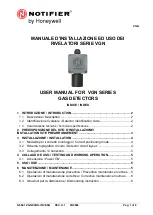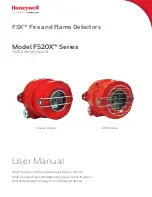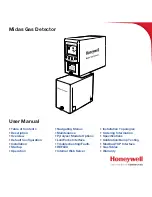
12
QUICK G.B. METHOD
This will probably be your method of choice in all but the most
difficult of ground conditions. It’s fast, easy and accurate. You can
use this method in either the Autotune or Target-I.D. mode.
1.
With GROUND control at “10” hold your search coil
6 to 12 inches off the ground. Make sure you’re at
least 3 feet away from any metal objects.
2.
Tap the PINPOINT button and lower the search coil to
the ground. Rotate the GROUND control clockwise
until you hear an audio tone. Then back off to the
exact point where the tone disappears.
3.
Always ground balance your CZ-21 in the areas
you intend to search, whether it’s on land or
underwater.
NOTES:
1.
If you get an audio response as you first lower the coil with
the GROUND control at “10,” you’re probably over a piece
of metal. Move and try again.
2.
If you get a sudden bell tone that is not preceded by an
increasing audio response as you lower the coil, you’re
probably in some very highly mineralized soil or sand. In this
case, it’s best to use the “bobbing” method.
3.
If you don’t get any audio response, or just a very faint one as
you rotate the GROUND control from “10” all the way to “0,”
you’re probably in an area where there’s very little ground
mineralization. Just leave the GROUND control at “10” and
begin searching.
GROUND BALANCING
29
FALSE SIGNALS
A “false signal” occurs when a target is incorrectly identified. For
example , a small, broken-off piece of pull tab may be identified
as a nickel. Or a small, deep coin, especially in mineralized soil,
may read “IRON.” The more sensitive the metal detector, the
harder it is not to have false signals. Your CZ-21 is an extremely
sensitive machine, so you’re bound to encounter them. Here are
some of the most frequent sources of false signals and what to
do about them:
1.
Trash:
The most common source of false signals.
Large or irregular pieces of trash may give good,
consistent, high-tone signals. In this case you’ll usually
have to dig the target, but with experience you’ll be
able to eliminate many of the large targets whose
size will be obvious when you go into the pinpoint
mode. Another false signal response may be a “one-
way” or disappearing signal. You’ll sweep over the
target and get a good signal but nothing on the
return sweep. When this happens you’re over a
target that the CZ-21 can’t positively identify due
to its size, shape, depth or alloy. The CZ-21 may I.D.
it as a coin when swept from one direction and iron
on the return sweep.
If your DISC control is set at “0” you’ll hear first
a high tone (coin) and then a low tone (iron). Or if
your DISC control is set higher, to reject iron, you’ll
hear the high tone sweeping one way and nothing
the other way.
Quite often the signal will just disappear and you
won’t be able to find it no matter which direction you
sweep. These one-way and disappearing signals are
usually trash, and as a general rule you should ignore
them. If you have any doubts, tap the PINPOINT
button to get an accurate location, and then I.D. the
target. If you get a good repeatable tone, dig it. If you
still get a one-way signal or it disappears, move on.
Also, if your pinpointing location is different than your






































